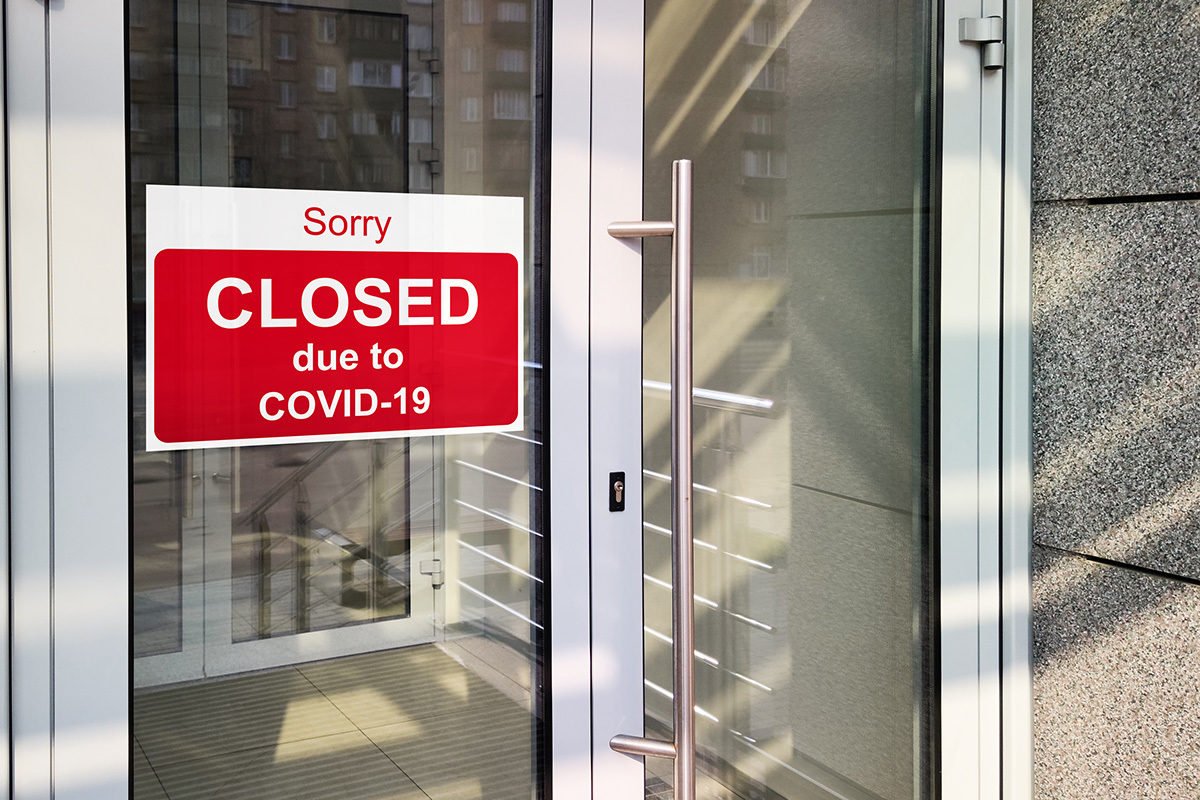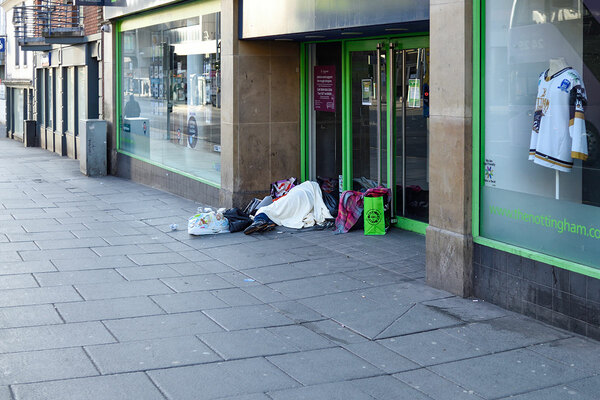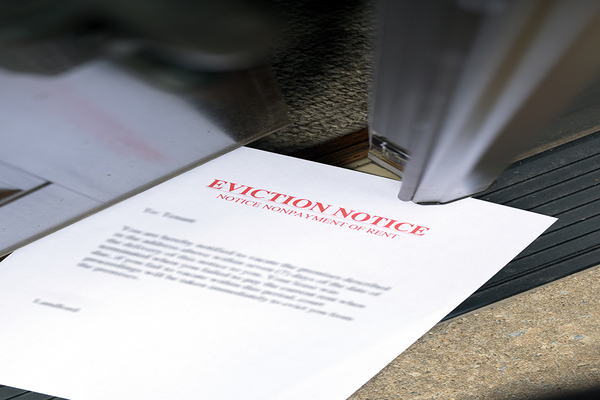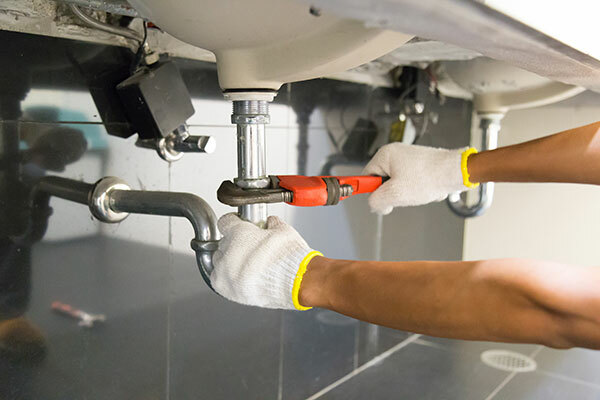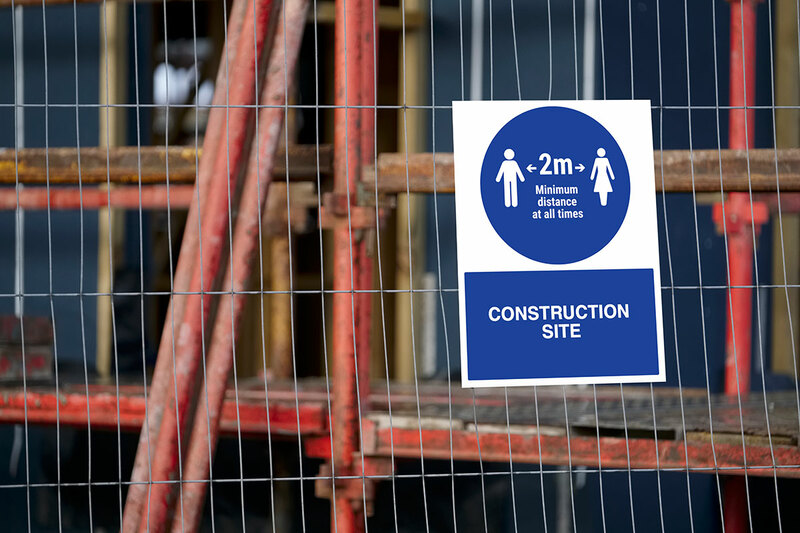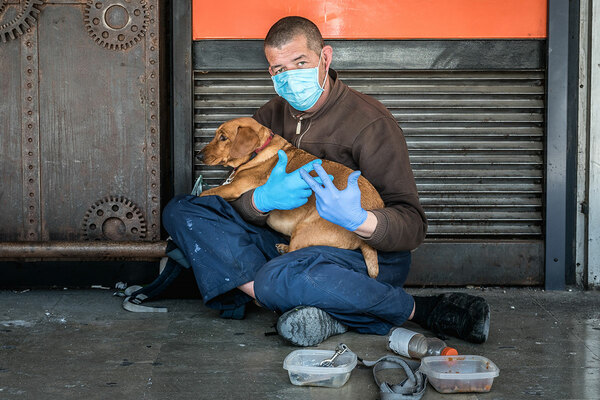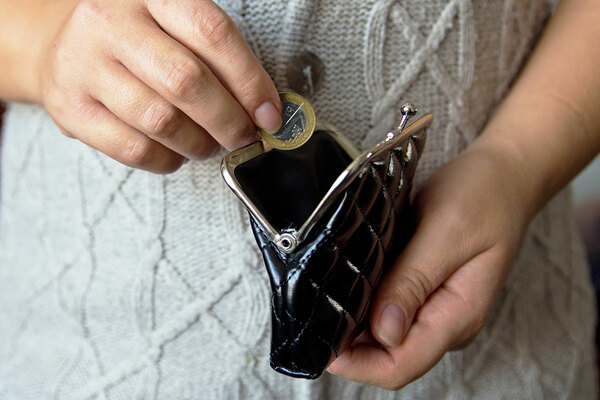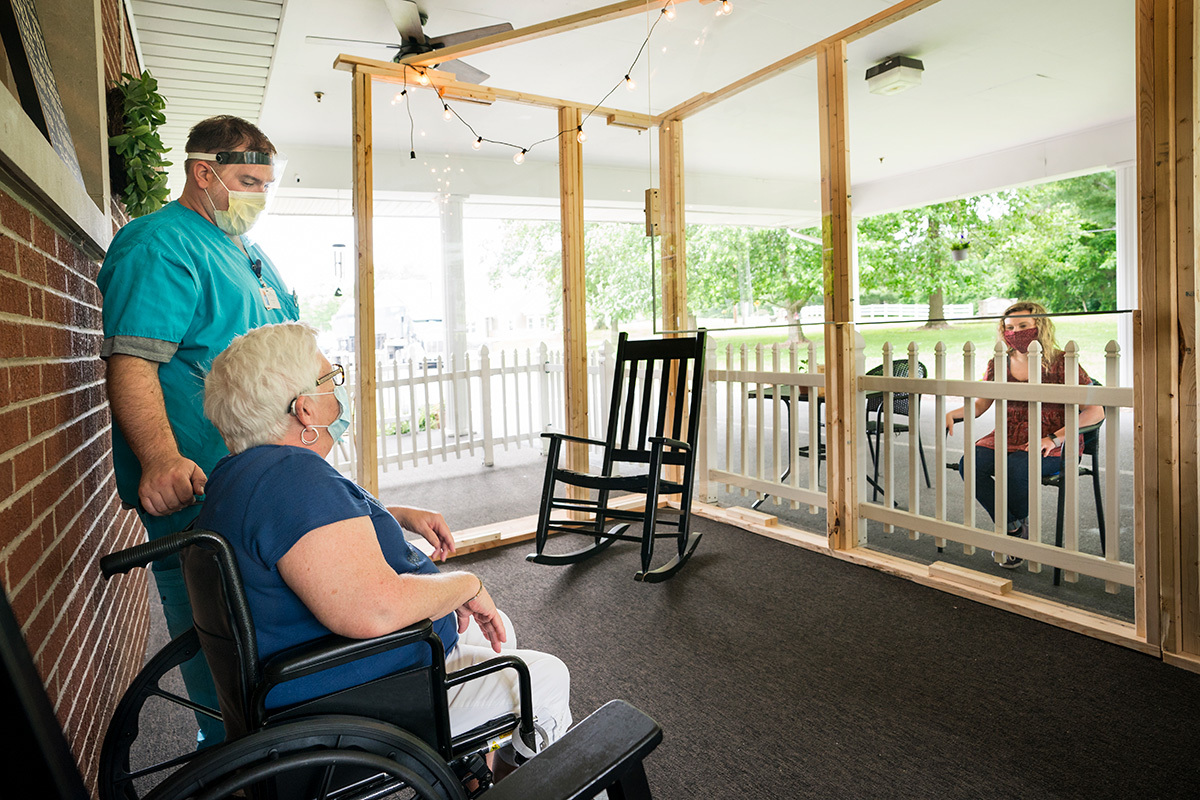You are viewing 1 of your 1 free articles
Lockdown 2.0: the housing policies and how they have changed from the first time
As England plunges into its second coronavirus-induced lockdown, Inside Housing examines the key rules and guidance affecting the housing sector and how things differ from last time. Pictures: Getty
In late March, prime minister Boris Johnson took the unprecedented step of putting the whole country under lockdown in a bid to stem the coronavirus pandemic. New legislation prevented us from leaving our homes apart from for exercise, shopping for essentials or work that could not be done remotely.
It was a situation that could not have been imagined just months earlier, and with lockdown came a raft of policies that had huge impacts on the housing sector, from the eviction ban to the mass effort to place thousands of rough sleepers in empty hotels.
So with England now in its second national lockdown, Inside Housing has taken a look at the measures taken in the spring and assessed which ones have remained in place and which have been dropped as the country faces another month of staying home.
The housing market and moving home
In an unprecedented step in the height of lockdown, housing secretary Robert Jenrick announced an effective ‘freeze’ on the housing market across the country. Under the rules, homebuyers were told to delay moving into their new homes to adhere to social distancing guidelines, and any house viewings were also outlawed.
Crucially for the social housing sector, in April the government advised that all non-essential social housing lettings be paused, too.
To ensure homeowners were protected, mortgage holidays were introduced by banks for people who had been financially hit by the coronavirus crisis. In an attempt to kick-start the sluggish housing sector post-lockdown, chancellor Rishi Sunak introduced a stamp duty holiday.
The policy moved the level at which first-time buyers started paying stamp duty from £125,000 to £500,000. Second homeowners also benefitted, saving up to £15,000 on home purchases.
The housing market has remained untouched in the latest lockdown, with Mr Jenrick stating that house moves should carry on throughout the second lockdown. Guidance issued in May to allow non-essential social housing lettings to continue also remains in place.
The lockdown will also see an extension of the mortgage holidays, with the Financial Conduct Authority expected to make a statement on this this week. This comes despite the government failing to confirm that the eviction ban will also be extended.
Evictions
In March, Mr Jenrick promised that “no one should lose their home as a result of the coronavirus epidemic”. For the first six months of the crisis, the government aimed to live up to this promise by introducing an eviction ban, which meant courts in England and Wales did not hear any possession cases during this period.
After being extended twice, the ban was officially lifted in September. Since then, the government has sought to protect renters by introducing a six-month notice period for the majority of evictions cases, except for those who have accrued more than six months’ of arrears or are being evicted for anti-social behaviour.
It has also ordered bailiffs not to carry out evictions in areas facing local lockdown restrictions and has plans to introduce a ‘Christmas truce’, which means bailiffs will not carry out evictions between 11 December and 11 January 2021.
The government has indicated it will not reinstate the ban on possession proceedings, although a government source told Inside Housing that bailiffs will not enforce evictions during the lockdown period.
Labour and campaigners have put pressure on the government throughout the pandemic to fulfil its manifesto commitment to end Section 21 no-fault evictions, but the ministers have repeatedly said they will not do so until the “urgencies” of responding to the crisis have passed.
Repairs
Early on during the first lockdown, the government initially told repairs and maintenance workers they could continue to work in people’s homes provided they did not have symptoms COVID-19 and followed social distancing measures.
Just days later, this guidance was revised. The new guidelines said landlords should take a “pragmatic and common sense” approach and only see to the most urgent issues. This resulted in social landlords moving on to an emergency repairs-only footing, leading to large repairs backlogs and maintenance teams being furloughed.
In late May, housing minister Christopher Pincher then gave the green light for the return of planned external maintenance and repairs jobs on empty homes, with most landlords returning to a full service by July.
Under the new restrictions coming into place today, the government has said that people can continue to work in other people’s homes.
The guidance states that in-home workers “such as repair services, fitters, meter readers, plumbers, cleaners, cooks, visiting childcare providers and surveyors” can continue to do their jobs.
This guidance is effectively a continuation of the current situation, but now the government has published detailed guidance on how to work safely in homes and said it expects to update the guidance over time.
The Welsh government has also said non-emergency repairs can continue during its two-week ‘fire-break’ lockdown.
Construction
When the first lockdown hit, there was period of uncertainty and confusion in the construction sector. In the hours after Mr Johnson announced the restrictions, Mr Jenrick said construction work could continue on sites, but if you could work from home, you should.
The unclear instructions caused consternation in the sector and most of the country’s major house builders and housing associations took the decision into their own hands and decided to close sites and stop work, many not returning until May. In many cases, that included work to remove potentially dangerous cladding from blocks of flats.
As more sites reopened, the government and construction bodies brought in guidelines such as extended opening hours to make up for the lost ground. Nevertheless, a number of housing associations and builders reported a major drop-off in home starts in the first quarter of 2020/21.
This time round, the government has decided that construction can continue “working securely”.
In a letter this week to the housebuilding industry, Mr Jenrick wrote that work can be continue and workers can go to sites as long as it is in line with public health guidance and care is taken around social distancing in the workplace and travelling to work.
The housing secretary also pointed to the sector’s ‘Charter for Safe Working’, which was drawn up by the Home Builders Federation, and the Construction Leadership Councils’ ‘Safe Site Operating Procedures’, which was updated last month.
Homelessness and rough sleeping
Three days after the announcement of the first national lockdown in March, the government took the unprecedented step of ordering councils to find self-contained accommodation for all rough sleepers and people living in hostels and shelters. By September, the government said that more than 29,000 people had been supported via the scheme, which became known as Everyone In.
While ministers insist that Everyone In never came to an end, sources have told Inside Housing that the approach now varies from council to council. While some long-term rough sleepers have successfully been moved into more permanent supported accommodation as a result of the scheme, others have now returned to the street, alongside a new group of people who have been forced into homelessness as a result of the COVID-19 crisis.
Before the second lockdown was announced, charities were already warning the government that homeless people could die this winter if the Everyone In scheme is not extended with new funding. This is because, they argued, individuals may be forced to choose between sleeping out in the cold or risk catching coronavirus in communal night shelters, which the government has said can reopen.
In other countries, such as the USA, shelters have remained open throughout the COVID-19 crisis and much higher rates of deaths within the homeless population have been reported.
The government has not yet announced whether it plans to increase the support for homeless people during this lockdown. In October, before plans were made to enter a second national lockdown, the government announced £10m for councils to support rough sleepers into self-contained accommodation over winter, with an additional £2m for faith and community groups.
Welfare
Upon the advent of lockdown in late March, the government made two major changes to the benefit system besides the furlough scheme.
One, the Universal Credit standard allowance was increased by £20 a week, and two, Local Housing Allowance rates were raised to ensure they reflect the cheapest third of rents in an area. Together, these changes represent a £9bn boost to the welfare safety net and both will stay in place until April next year, which will continue to support people during this second lockdown.
Operational changes to the system were also made back in the spring. For instance, sanctions, overpayment recovery and disability benefit reviews were put on hold as the Department for Work and Pensions focused on dealing with the surge in new Universal Credit claims. However, these former two elements were reintroduced in July and ministers have made no indication they will be suspended again now.
There has been good news for the self-employed, though. Work and pensions secretary Thérèse Coffey announced on Tuesday that the minimum income floor for self-employed Universal Credit claimants will remain suspended until the end of April 2021, having previously been set to kick back in on 12 November. That means claimants who are currently earning less than the equivalent of the minimum wage will be eligible for larger benefit awards than they would otherwise.
Care homes
The government came under fire for its handling of care homes during the first wave of the coronavirus pandemic, with outbreaks in these settings causing a devastating loss of lives.
A blanket lockdown on care homes was imposed in March due to the vulnerability of their occupants.
In an update on Wednesday, following pressure from care sector bodies, the Department of Health and Social Care said that “all care home residents in England should be allowed to receive visit from their family and friends in a COVID-secure way”.
Ministers said this could include using coronavirus-secure pods or areas with floor-to-ceiling screens and windows where the visitor and resident enter through different entrances.
Visits at windows from outside the home or in the car and outdoor visits with one other person have been suggested.
The government also claimed a new weekly testing programme for professionals who regularly visit care homes will be rolled out in the coming weeks following pilots in Cambridgeshire, Peterborough and Northamptonshire.
Health secretary Matt Hancock said: “Care homes should feel empowered by this new guidance to look at safe options to allow visits to care homes that suit their residents and facilities. We’ve seen some really innovative solutions used to help families see each other safely, face to face, which has been life-changing for some.”
Sign up for our daily newsletter
Already have an account? Click here to manage your newsletters
